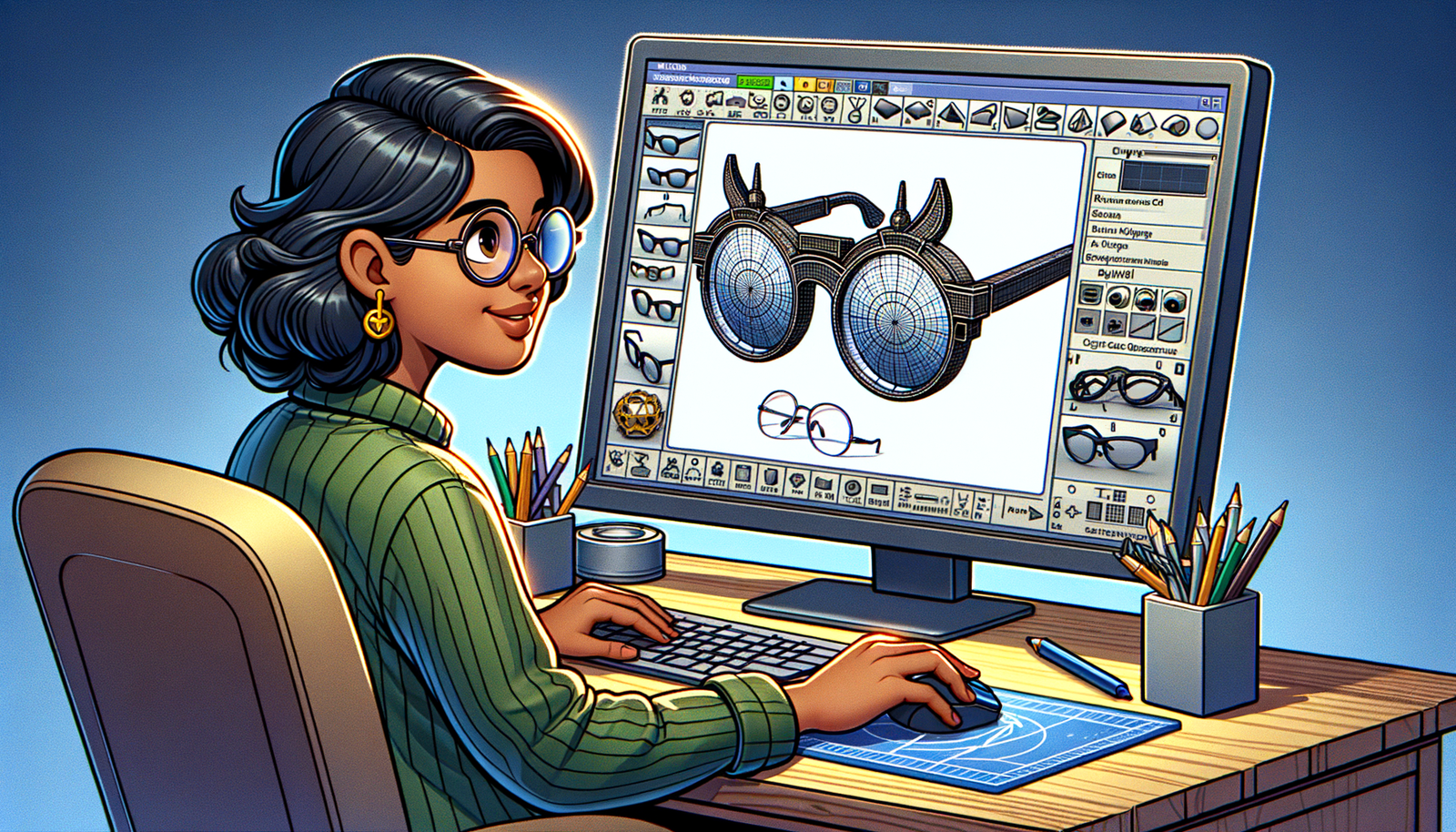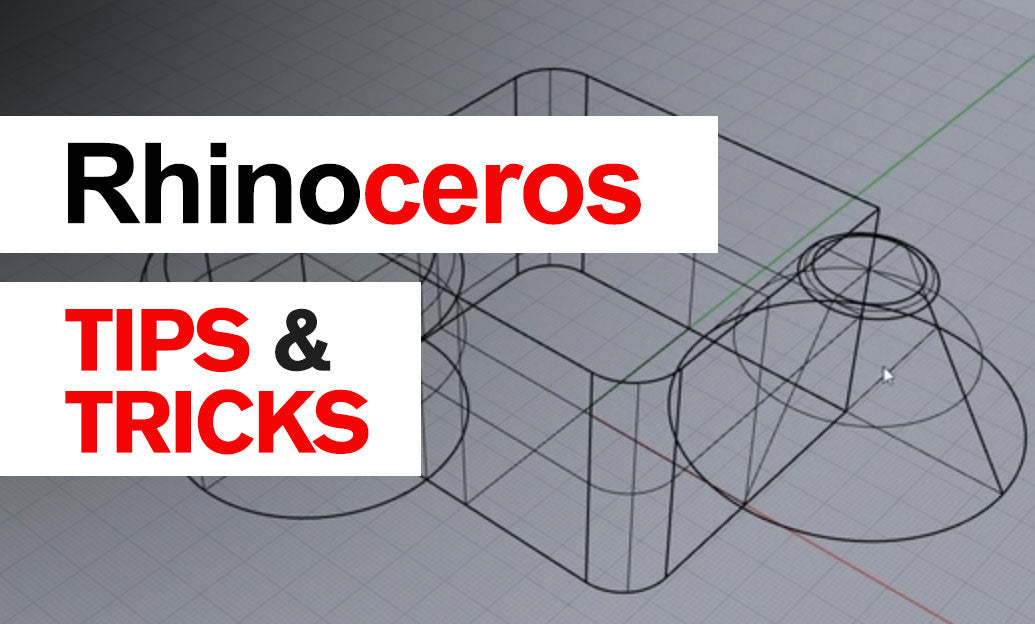Your Cart is Empty
Customer Testimonials
-
"Great customer service. The folks at Novedge were super helpful in navigating a somewhat complicated order including software upgrades and serial numbers in various stages of inactivity. They were friendly and helpful throughout the process.."
Ruben Ruckmark
"Quick & very helpful. We have been using Novedge for years and are very happy with their quick service when we need to make a purchase and excellent support resolving any issues."
Will Woodson
"Scott is the best. He reminds me about subscriptions dates, guides me in the correct direction for updates. He always responds promptly to me. He is literally the reason I continue to work with Novedge and will do so in the future."
Edward Mchugh
"Calvin Lok is “the man”. After my purchase of Sketchup 2021, he called me and provided step-by-step instructions to ease me through difficulties I was having with the setup of my new software."
Mike Borzage
Design Software History: Development and Impact of Rhino Software in Custom Eyewear Design
August 22, 2024 4 min read


Development of Rhino in Custom Eyewear Design
Introduction to Rhino and Custom Eyewear Design
Rhino software, developed by Robert McNeel & Associates, is a highly versatile and powerful tool used across various industries for 3D modeling and design. It offers a range of functionalities including precision modeling, advanced surface creation, and comprehensive file compatibility. As a NURBS-based (Non-Uniform Rational B-Splines) modeling tool, it allows for intricate and detailed designs that are essential in custom eyewear design.
The importance of custom eyewear design has surged in recent years, driven by the growing demand for personalized products that offer superior fit, comfort, and aesthetics. Custom eyewear ensures that each pair of glasses is tailored to the individual's facial features and style preferences, setting new standards in both functionality and fashion.
Historical Development of Rhino
Early Years and Motivation
Rhino's journey began in the early 1990s. The initial development was spearheaded by Robert McNeel and his team, who were motivated by the need for a more precise and flexible CAD tool. Key individuals such as Robert McNeel himself, along with key developers and engineers, played a crucial role in bringing Rhino to life. The software quickly gained traction in various industries, owing to its unique capabilities and user-friendly interface.
Technological Evolution
Over the years, Rhino has undergone significant updates and enhancements. Some of the major versions include:
- Rhino 1.0 - Launched in 1998, it introduced essential NURBS modeling capabilities.
- Rhino 2.0 - Released in 2001, it added improved rendering and enhanced surface creation tools.
- Rhino 3.0 - Came out in 2003, featuring better user interface and more robust editing tools.
- Rhino 4.0 - Released in 2007, it introduced significant performance improvements and new functionalities.
- Rhino 5.0 - Launched in 2012, it offered advanced mesh tools and enhanced collaboration features.
- Rhino 6.0 - Released in 2018, with improved display pipeline and new Grasshopper integration.
The introduction of NURBS was a game-changer, allowing for highly accurate and flexible modeling. This capability proved to be especially beneficial in industries requiring precision, such as custom eyewear design, where minute details and perfect fitting are paramount.
Expansion into Eyewear Design
The timeline of Rhino’s adoption in the eyewear industry can be traced back to the early 2000s. Designers and manufacturers quickly recognized the software's potential to create bespoke eyewear designs. Early adopters in the industry began experimenting with Rhino to produce custom frames that not only fit perfectly but also showcased unique design elements.
Technical Capabilities of Rhino in Eyewear Design
Advanced Modeling Techniques
One of Rhino's standout features in eyewear design is its ability to use NURBS for detailed and complex surface modeling. NURBS allows designers to create smooth and intricate surfaces that are essential for both the aesthetics and functionality of eyewear. Customization tools enable designers to add unique elements and intricate details, making each piece one-of-a-kind.
Integration with Other Tools
Rhino is known for its compatibility with other CAD software and tools. For instance, it seamlessly integrates with Adobe Illustrator for 2D design elements and Grasshopper for algorithmic modeling. This interoperability enhances workflow integration, making it easier for designers to transition from prototyping to manufacturing. The ability to import and export various file formats ensures that Rhino fits well within existing design and production ecosystems.
Simulation and Visualization
Another significant advantage of using Rhino in eyewear design is its robust tools for realistic rendering and material simulation. Designers can create highly detailed visualizations of their custom eyewear designs, allowing them to evaluate aesthetics and functionality before moving to production. Moreover, features like virtual try-ons and augmented reality (AR) provide a unique way for customers to experience the designs virtually, ensuring a perfect fit and look even before the actual product is made.
Impact and Future Prospects
Industry Impact
Rhino has significantly transformed the custom eyewear industry. Its precision modeling capabilities and flexibility have enabled designers to push the boundaries of creativity and functionality. Numerous success stories and notable collaborations with eyewear designers underscore the software's impact on the industry. Rhino has empowered designers to create products that are not only visually stunning but also offer unparalleled comfort and fit.
Challenges and Limitations
Despite its numerous advantages, designers using Rhino do face certain limitations and challenges. One of the primary challenges is the steep learning curve associated with mastering the software’s advanced features. Additionally, while Rhino integrates well with many tools, ensuring seamless workflow integration across diverse platforms can sometimes be a hurdle. Addressing these challenges is crucial for maximizing the software’s potential in custom eyewear design.
Future Trends
The future of custom eyewear design using Rhino looks promising, with several emerging trends on the horizon. Advancements in additive manufacturing (3D printing) are expected to further revolutionize the industry, enabling even more intricate and personalized designs. Additionally, enhancements in virtual and augmented reality technologies will continue to improve the customer experience, making virtual try-ons even more realistic and accessible. Predictions for future developments in Rhino software include more intuitive user interfaces, enhanced collaboration tools, and even greater integration with emerging technologies.
Conclusion
Summary of Key Points
In summary, Rhino has played a pivotal role in the evolution of custom eyewear design. From its early development in the 1990s to its current status as a leading tool in the industry, Rhino’s contributions have been significant. The software’s advanced modeling techniques, integration capabilities, and robust simulation tools have empowered designers to create highly personalized and functional eyewear.
Final Thoughts
The importance of continuous innovation in design software cannot be overstated. As the demand for personalized products continues to grow, tools like Rhino will be essential in meeting these needs. Designers are encouraged to leverage advanced tools like Rhino to push the boundaries of creativity and functionality, creating unique, custom products that set new standards in aesthetics and performance.
The future of custom eyewear design is bright, with Rhino at the forefront of this exciting journey.
Also in Design News

Simulation-Driven Automated Tolerancing for Capability-Aware GD&T
December 10, 2025 12 min read
Read More
Rhino 3D Tip: HDRI Workflow for Realistic Lighting and Fast Look‑Dev in Rhino
December 09, 2025 2 min read
Read MoreSubscribe
Sign up to get the latest on sales, new releases and more …



